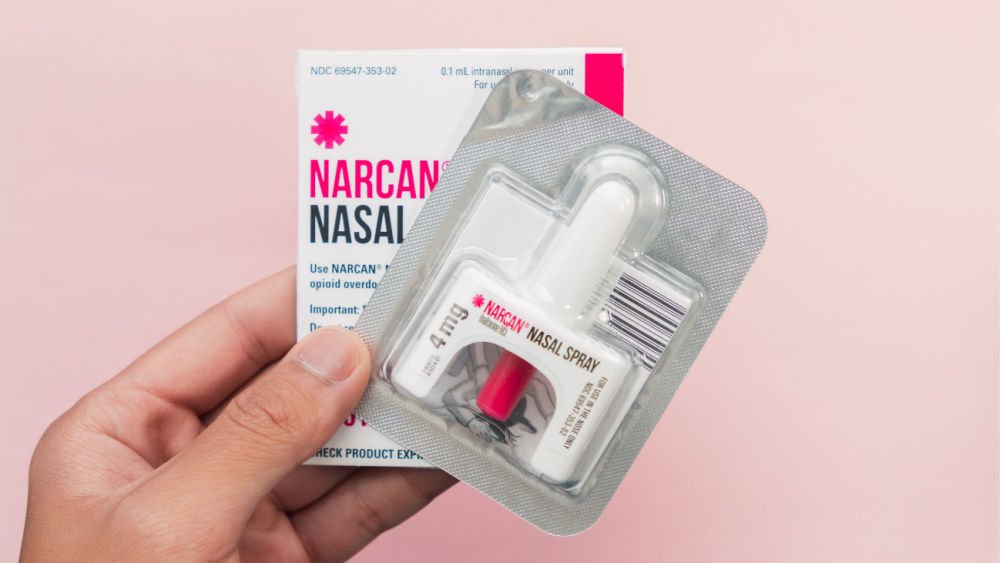The U.S. Food and Drug Administration (FDA) has recently authorized the over-the-counter sale of the opioid overdose reversal medication naloxone, commonly known as Narcan. This move is part of the Biden administration’s efforts to address the opioid epidemic in the United States, which has been exacerbated by the COVID-19 pandemic.
Naloxone has been widely used by emergency personnel, medical professionals, and individuals at risk of opioid overdose, but its accessibility has been limited to those with a prescription. By making it available over the counter, people who may not have easy access to medical care or who may be hesitant to seek help for opioid use will have easier access to this life-saving medication.
The FDA has specifically approved the nasal spray form of naloxone, which is easier to use than the injectable form and does not require any additional training. The brand name Narcan, already recognized among first responders and healthcare professionals, will be used to market the nasal spray version of naloxone.
Manufacturers have been given guidelines on how to create and label over-the-counter naloxone medications, including clear usage instructions and tips on identifying symptoms of opioid overdose. The FDA hopes that the availability of over-the-counter naloxone will help to reduce the alarming rate of opioid overdose fatalities in the United States.
According to the Centers for Disease Control and Prevention (CDC), over 93,000 drug overdose deaths occurred in the United States in 2020, with opioids being the primary cause. Making naloxone more widely available may help prevent some of these fatalities by providing individuals with a means to reverse the effects of an opioid overdose and allowing more people to access the medication quickly in an emergency.
In conclusion, the FDA’s decision to approve over-the-counter sales of naloxone is a significant step forward in the fight against the opioid epidemic in the United States. It will make a life-saving medication more accessible to those who need it and help prevent unnecessary deaths from opioid overdose.

